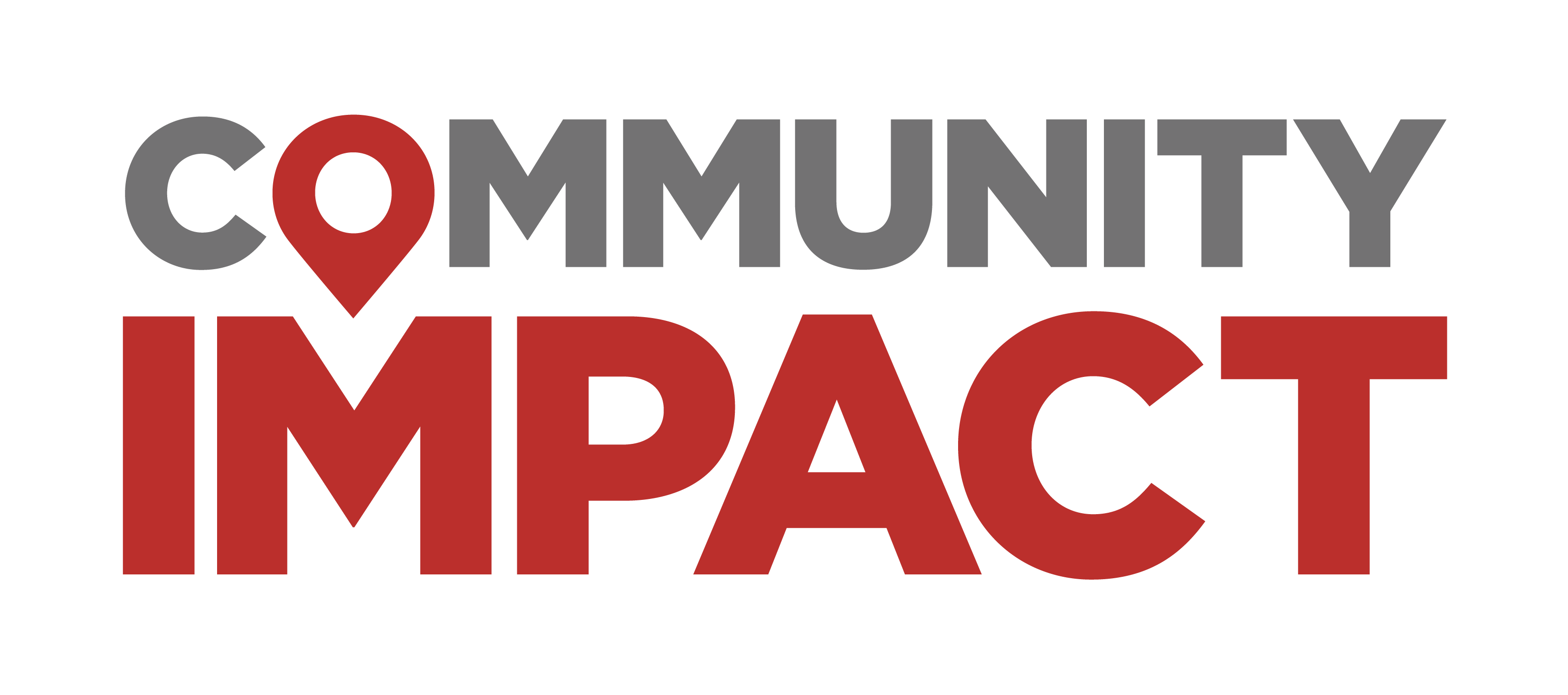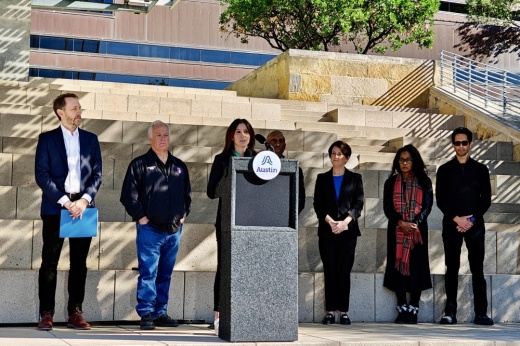"This is a critical point in a lot of peoples’ lives and we want to be available to them," Mayor Kirk Watson said Oct. 31. "Austin, Travis County, Texas is a really wonderful place with great success. We need to support these programs so that they can support our friends and our neighbors whether it’s through contributions, whether it’s through providing canned goods, things of that nature. Go to their website and please, everybody pitch in."
How to help
In Travis County alone, more than 87,000 people from about 45,000 area households could be impacted by SNAP losses. Local leaders estimate those benefits now total more than $16 million every month. Sari Vitske, CEO of the Central Texas Food Bank, said the nonprofit has already been contending with a "food crisis" across its regional service area and now anticipates significantly more need if SNAP recipients are affected.
The food bank is standing up dozens of food distributions in the weeks ahead, Vitske said, while tapping millions of dollars in its reserves to stock up on additional food. The nonprofit is also continuing to support SNAP enrollment so benefits can be received as the program stabilizes; application information is available online or by calling 855-366-3401.
"It's OK to need help. Everyone needs a little bit of help to get by," she said. "This is temporary, we’re here to help everyone get through it. We obviously cannot make up for the nine meals that SNAP provides, but we will do everything we can to ensure families have what they need, children don’t go without, older adults don’t have to make difficult choices.”
The food bank will host a special distribution event, which will also feature SNAP enrollment assistance, on Nov. 4 from 5-7 p.m. at Nelson Field, 7105 Berkman Drive, Austin.
Ingrid Taylor, CEO of United Way for Greater Austin, highlighted the nonprofit's 2-1-1 navigation center service that residents can call for support with a variety of needs, from food to housing.
She said 2-1-1 is confidential and open to all with no screening qualifications, and that callers will receive help from a live call-taker to direct them to the most appropriate local resource. More information on services available during the shutdown is available from the organization online.
Travis County Judge Andy Brown said those in need can visit food pantries at any of the county's six community centers. While residents are typically limited to one visit per month, Brown said the county has waived that requirement to increase access during the shutdown.
Watson also said residents can connect with the city for services like Austin Energy billing help and city rental assistance. More information from Austin and area nonprofits is expected to be published on the city's website this week.
What happens next?
SNAP benefits were expected to halt in November. However, a federal judge on Oct. 31 granted a temporary restraining order sought by a government, business and nonprofit coalition to maintain the supplemental food program's funding.
If benefits end up being affected, Vitske said total community-wide impacts are still uncertain.
"We can plan to purchase additional resources, but that’s not sustainable for a nonprofit, to spend $1 million a week to keep this going. We also know that even if we are ordering 43 truckloads of food per week to try and make up for the deficit, every food bank around the country is also doing that. Which means there could be a backlog of food, which means the cost of food goes up," she said. "It’s not even a question of how many more people will come, but with the frequency, the intensity with which they will need support. ... There is an unknown about what that gap will be.”





